The Best Places for UK Short Breaks in 2025
If you've been wondering where the best place to for a weekend break in the UK is, then you're...
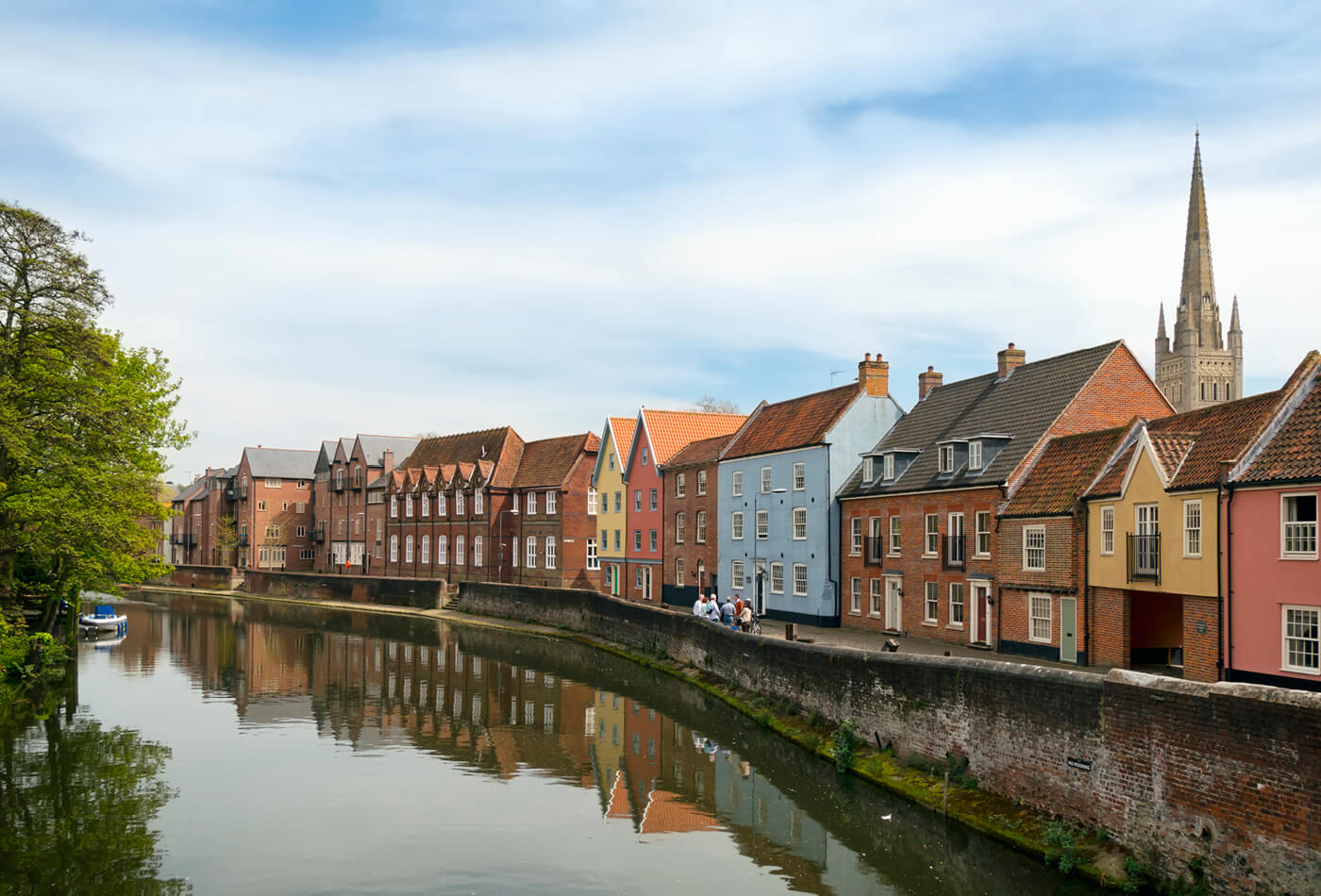
What better way to explore Norfolk than discovering its hidden gems, the lesser-known delights that will take you away from the bustling crowds of tourists?
Have you ever wondered what lies among the sweeping coastline, vast skies and windswept marshland of Norfolk? We have uncovered 6 of Norfolk’s hidden gems that makes this area so spectacular.
This curious county has plenty to offer the tempted wanderer, from luscious countryside framing the glistening waters of the Norfolk Broads, to the thriving city of Norwich and a series of chocolate-box towns littering the coast.
Have ‘one foot on the land, and one in the sea’, with an array of attractions begging to be explored. Find wildlife-filled nature reserves, undulating dunes on secret beaches and a network of babbling rivers wading their way through green landscape scenery.
Discover 6 hidden gems in Norfolk that make this part of East Anglia so enchanting…
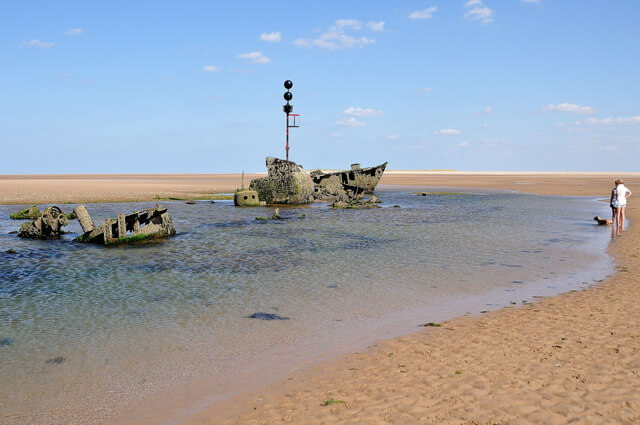
Just off the idyllic coast on the golden sands of Brancaster Beach, sits the wreckage of SS Vina, once used by the Royal Air Force during WWII and to carry cargo between England and the Baltic states.
These miles upon miles of sweeping sands harbour the commanding remnants of the ship and create a hidden danger for those audacious enough to get too close. Cut into three pieces, these ghostly remains are visible at low tide and come with an interesting history.
The ship was built in 1894, a fine lined coaster trading with the Baltic States right up until the outbreak of the second World War. 1940 saw the year in which she was commandeered as a Naval vessel and transported to Great Yarmouth, in an attempt to block invasion at the harbour.
She was filled with concrete and wired with explosives, and had the Nazi’s invaded, the SS Vina would have been detonated to obstruct the enemy. Fortunately, this did not happen and she was moved to Brancaster, where later in 1944, she was used as target practice by the Royal Air Force. Sometime after this, a strong gale hauled her to where she now resides, full of bullet holes and sunk solemnly into the sandbar.
Explore for yourselves, the eerie remains of the once seafaring SS Vina, but mind as you go, you don’t want to be cut off by the tide during your visit!
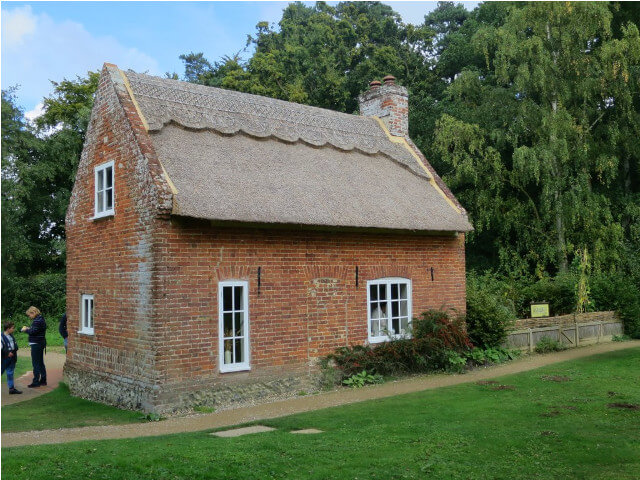
Preserved by the How Hill Trust, nestled alongside the River Ant, this quaint marshman’s cottage was once the home of a Victorian family.
Dating back to the eighteenth century, this thatched dwelling occupies a beautiful setting, portraying home and working life on the marshes over a hundred years ago. Though the interior is small, you can delve into a fascinating world of artefacts, and there is plenty more on offer to explore in and around the area.
On your visit to How Hill, you can also see the secret gardens planted on what was once a rough grazing marsh. Hosting a network of inter-connected ponds surrounded by flourishing beds, these gardens offer a haven to wildlife. Enjoy an afternoon visit to the Tea Rooms and journey on an Electric Eel boat trip guiding you through an interesting tour of the Broads, where you can get up close and personal with many rare species of wildflowers and insects.
Those who have an appreciation for history won’t want to miss a visit to the beautifully carved ‘Hitler’s Oak’, which is also set within the grounds.
Christopher Boardman, the eldest son of the original owners of How Hill, was a gold medallist in the 1936 Olympic Games. He was the trusty helmsman of the yacht Lalage, which won the 6m class at the Firth of Kiel. Adolf Hilter presented him with an oak sapling alongside the other champions. The very spot in which he planted the tree just behind the house at How Hill, now lies a carving commissioned to commemorate the team’s grand achievement.
It is free to explore Toad Hole Cottage and this Norfolk hidden gem is open most of the year, so enjoy being taken on a journey through time by visiting this tiny museum at any time of year.
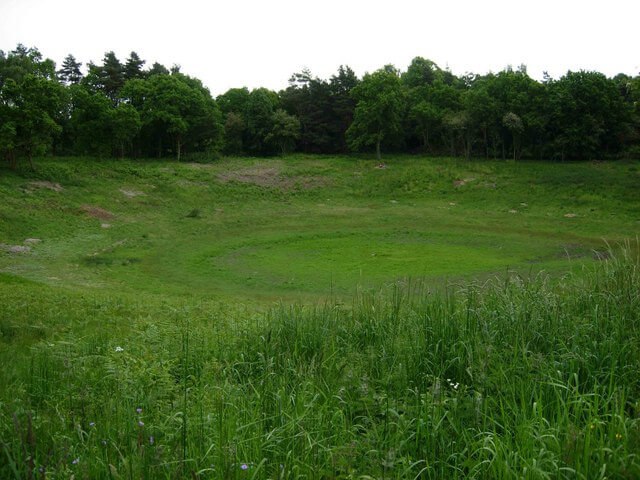
Set on the eastern fringes of Thetord Forest Park, hidden by ancient woodland, the Devil’s Punchbowl is not easy to glimpse from the road it sits alongside.
This designated Site of Special Scientific Interest is the epitome of Norfolk’s hidden gems, and possesses an odd pattern between rainfall and the punchbowl filling up, giving it an eerie sense of mystery and allure. It can be surprisingly dry in winter, yet abnormally full during the summer months.
Its formation looks like an impact crater, but is simply the result of an indentation caused by the break-up of chalk bedrock over thousands of years. Known as a ‘fluctuating mere’, one of several in the Breckland of Norfolk, the cavity can hold massive amounts of water as a result of this mass erosion.
Years ago, locals were confused by the way in which the pit would fill up and empty, attributing this peculiar occurrence to devil’s work, hence the name it has acquired. Yet, as reality would prevail there is nothing supernatural whatsoever about the sinkhole.
Follow the trail from the informal car park nearby to view nature’s creation, but don’t be alarmed if the water level is somewhat unexpected.
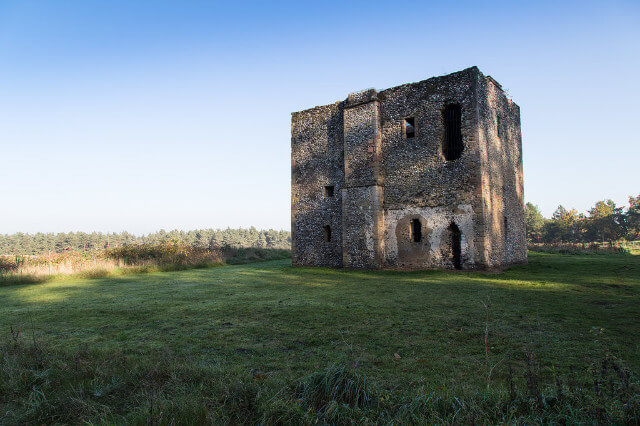
Built around 1400, by the Prior of Thetford and now owned by English Heritage, this castle-like structure stands secluded in a pine forest, in the fascinating Breckland region of England.
Its occupation was to defend gamekeepers from armed poachers, who would steal away their prized bunnies for fur and meat, and judging by its protective features you can still see today, this safeguarding was an act taken rather seriously.
Because of their association with luxury in 15th-century England, landowners felt the need to keep their stock out of harm’s way. You can still see the arrow slits and the remains of once-barred windows cut into its thick walls.
Most warren lodges were abandoned by the 18th century due to their decrease in value, as these captives escaped their owners and bred freely in wild open countryside. This particular lodge however, acted as a handy storage building for dry rabbit skins until its destruction by fire in 1935.
It also comes with a legend that a spooky, red-eyed spectral rabbit loomed after dark and those who saw it would fall victim to doom. Whilst another story tells the tale of a leper who once lived here and now also haunts its hollow interior.
To visit this eerie hidden gem, head from Thetford towards Brandon and along Brandon Road, where it will appear on the left hand side. Alternatively, you could catch the train and enjoy a woodland hike beforehand.
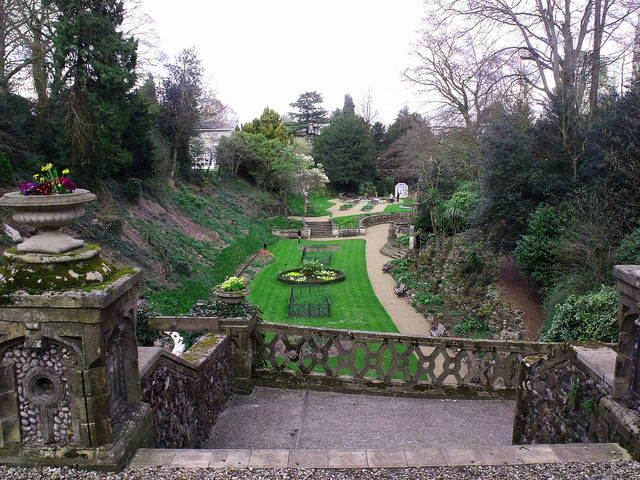
This beautiful Victorian garden made up of flourishing plants, shrubbery and colourful blooms, though hard to believe, was once an abandoned chalk quarry.
Created in the 19th century by upholsterer and cabinet maker, Henry Trevor, this lifeless quarry is now a lush paradise filled with orchards, stone statues and an intriguing Gothic fountain. He spent forty years constructing this haven of tranquillity, with the vision of it taking on the form of a small-scale aristocratic country estate.
Trevor regularly hosted charitable events and invited visitors to marvel at his horticultural artistry. Today, it is maintained by volunteers for the Plantation Garden Preservation Trust, which is open to the general public for viewing. You can stroll along the Italianate terrace, roam the flower-rich pathways and explore its English heritage.
These prosperous gardens also host a stream of events throughout the year, which you can go along to such as, firework displays, jazz concerts and open air cinema nights.
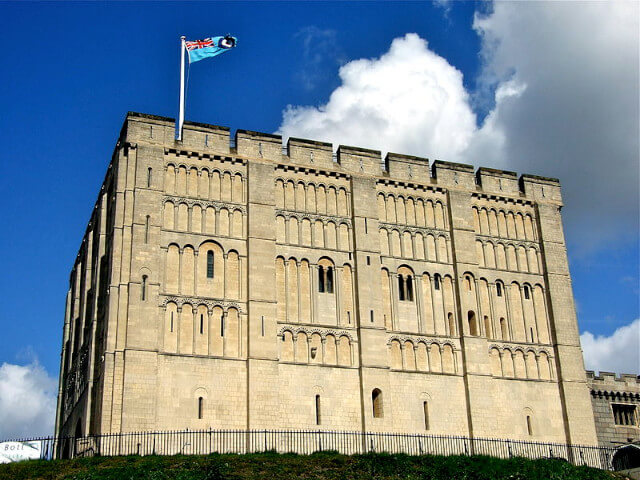
This curious artefact housed in the Norwich Castle Museum and Art Gallery, is a questionable piece of history predating to the 7th century.
The Balthild Seal matrix poses somewhat a debate as to where it might have come from, the style of which suggesting an early Anglo-Saxon date of around 648 AD, yet its personal impression of two naked figures on one side presents an intriguing piece for this particular period.
If you look closely, you will see a bar that still runs through the centre of the coin, indicating it would have been originally attached to a ring, on which it would swirl around on an axle.
The opposite side of the gold coin displays a woman’s face surrounded by the letters ‘BALDEHILDIS’ in Frankish lettering, suggesting it could have belonged to Balthild, a Frankish queen. History tells us she was once sold as a young girl and enslaved to serve in the household of Erchinoald, in the Kingdom of the Franks, yet her beauty and intelligence caught the eye of King Clovis II.
They were wed and she was freed from slavery, becoming queen consort of Burgundy and Neustria. She later travelled to Chelles in France, founded a monastery and became a saint after her death.
The location in which the coin was since found is something of a mystery. It was discovered in 1999 in a field a few miles east of the city, causing some to believe it may have travelled here with an overseas representative, wearing the seal as form of identification. Others suggest it was sent over to a relative of Balthild after her passing.
Some even dispute the seal may have not belonged to this Frankish queen at all and that it is a design copied from a Byzantine coin. See for yourselves and pay a visit to view the coin at Castle Hill, where this grand museum proudly stands, in the city of Norwich.
For more things to see and do in the area, look no further than our Norfolk Travel Guide and plan a visit to this interesting county in East Anglia.
Image Credits: Julian Dowse – (CC BY-SA 2.0); Oast House Archive – (CC BY-SA 2.0); Stephen McKay – (CC BY-SA 2.0); David P Howard – (CC BY-SA 2.0); Elliott Brown – (CC BY 2.0); Pipin81 – (CC BY-SA 3.0)
Are you on the phone to our call centre? Your Customer ID is:
Get involved in the Discussion